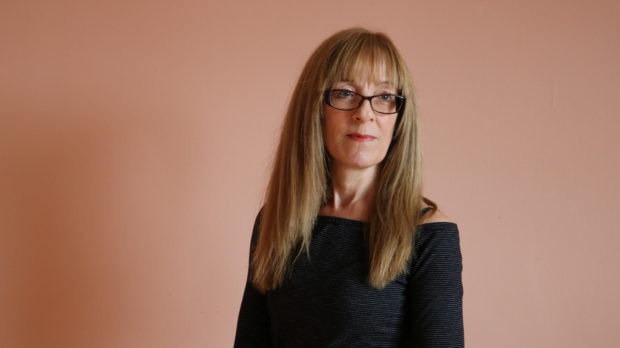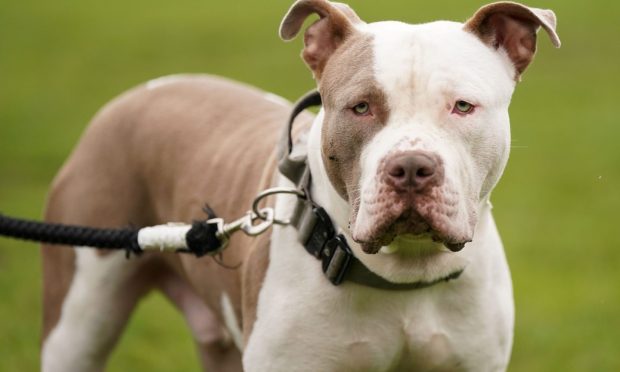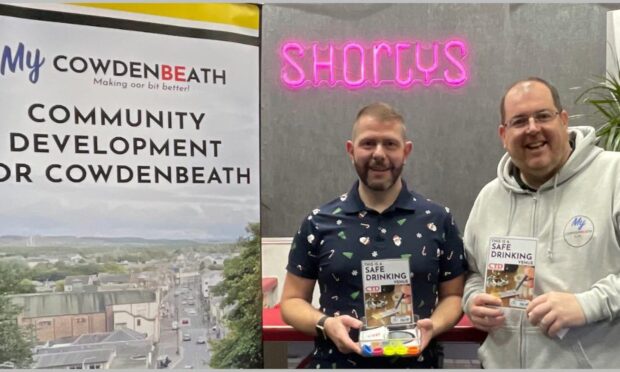A medical sociologist from Fife believes she has uncovered a historical miscarriage of justice.
Dr Joanne Coyle hopes to right an 18th century High Court wrong with the publication of her first novel.
Katharine Nairn found herself in the dock following the death of her husband, Thomas Ogilvie of Glenisla, Blairgowrie, just a few months after they were wed in 1765.
Along with her co-accused and brother-in-law, Patrick Ogilvie, she was put on trial for both murder and incest.
Dr Coyle, who has a PhD in medical sociology as well as a first-class degree in history, has cast her own expert eye over court transcripts and other reports.
Within the pages of her debut novel, Deadly Love, she draws very different conclusions from those of the court believed 250 years ago.
Joanne said: “I first came across the case in 2009 when I was browsing a second-hand bookstall in St Andrews.
“I picked up an old tattered book called Twelve Scots Trials by William Roughead published in 1913.
“I was amazed I had never heard of these events, nor had anyone else when I asked around.
“Hooked, I then read the trial proceedings and various commentaries written in the period and later.
“I knew almost immediately something was very wrong and many of the people involved could not have behaved the way they said they did, or the way others have described.
“Why? Because as a researcher and therapist I have interviewed hundreds of people under severe stress, who are facing the most difficult circumstances of their lives.
“I’ve learned through experience how people usually react when they are powerless to change what is happening around them.
“My expertise and my gut feeling told me that Katharine Nairn and Patrick Ogilvie were innocent of murder, and that their story needed to be retold.”
Widow Katharine, originally from Dunsinane, Perthshire, and army lieutenant Patrick were accused of crimes of incest and murder following the suspected poisoning of Thomas.
They were held at Forfar Gaol, then the Tolbooth prison in Edinburgh for their trial, which began on August 5, 1765 at the nearby High Court of Judiciary.
Dr Coyle’s novel brings all the events which led to their arrest to life.
She added: “Katharine’s husband Thomas had suffered a terrible agonising death only months after they were married.
“Rumours were rife in the area that she was having a torrid, ‘incestuous’ love affair with his younger brother Patrick.
“The authorities suspected arsenic poisoning and arrested the pair. Soon they were on trial for their lives.
“In this short story, based on true events, I re-examine court transcripts and contemporary accounts to show that an altogether different explanation is possible from what actually happened.”
Joanne was a qualitative researcher for over 25 years in health services research, where she explored patients’ experiences and beliefs about illness and health care.
She has previously written academic articles for medical and social science journals, and has a forthcoming book on near-death experiences.
Deadly Love has already reached the top five in Amazon’s history and biographic charts.










